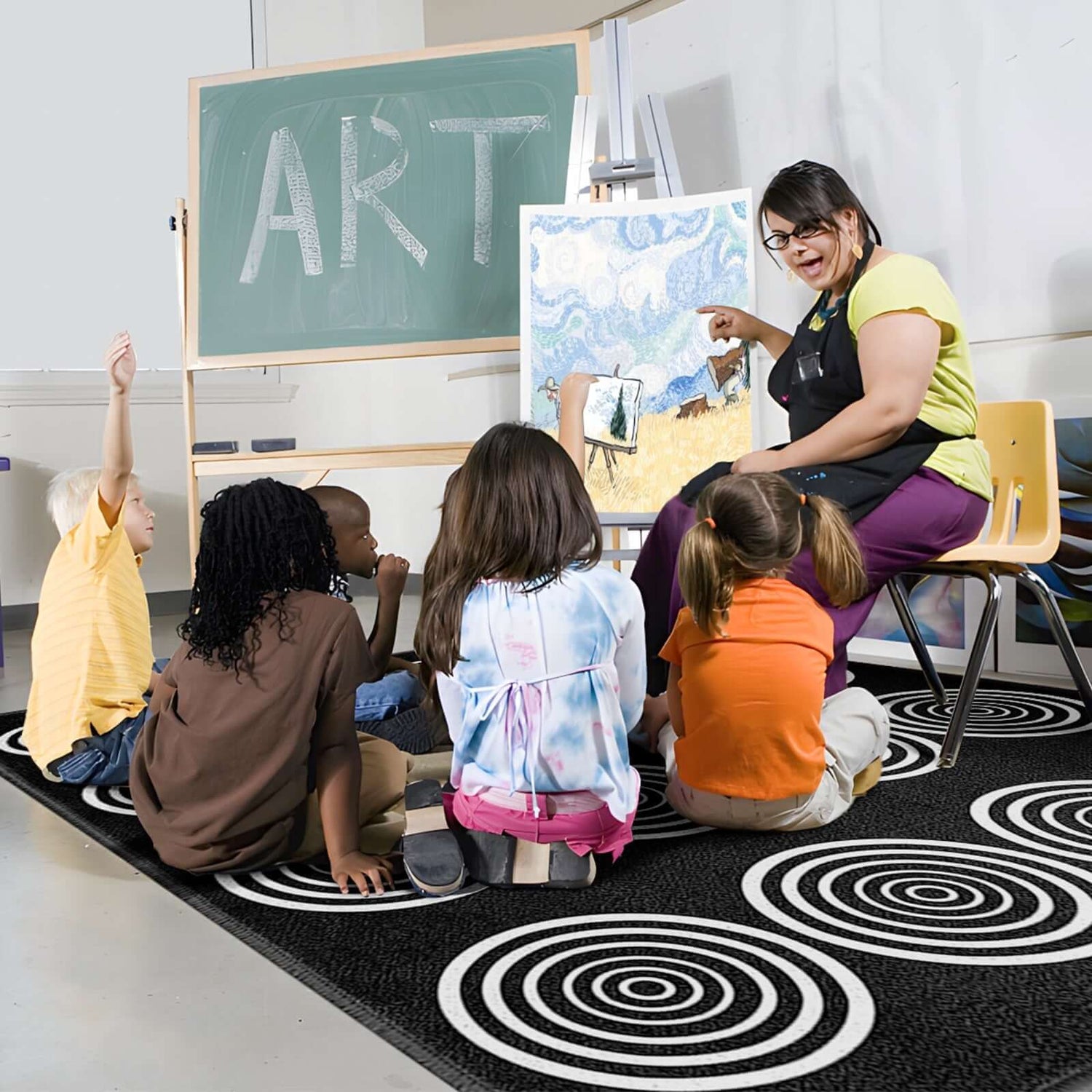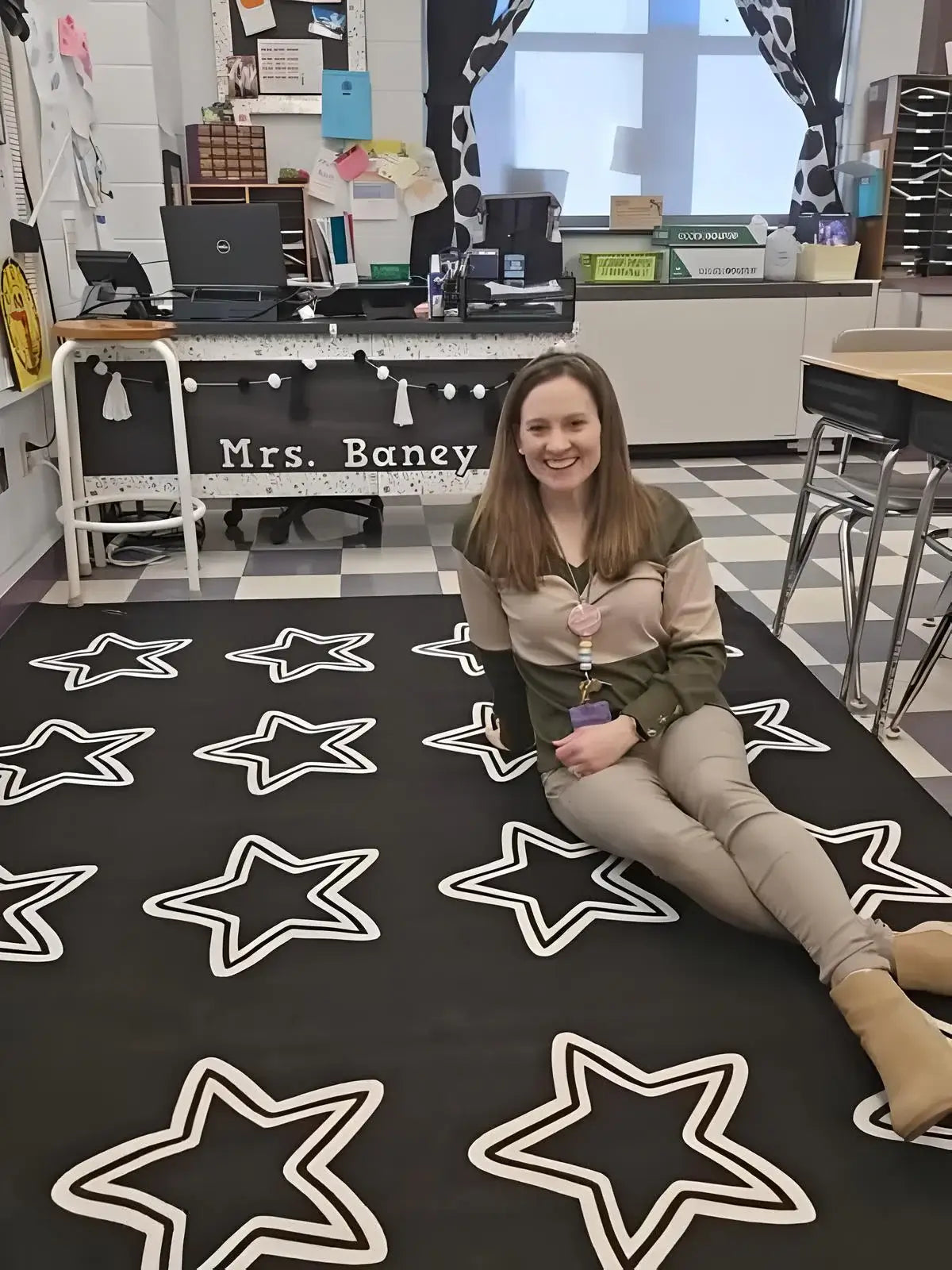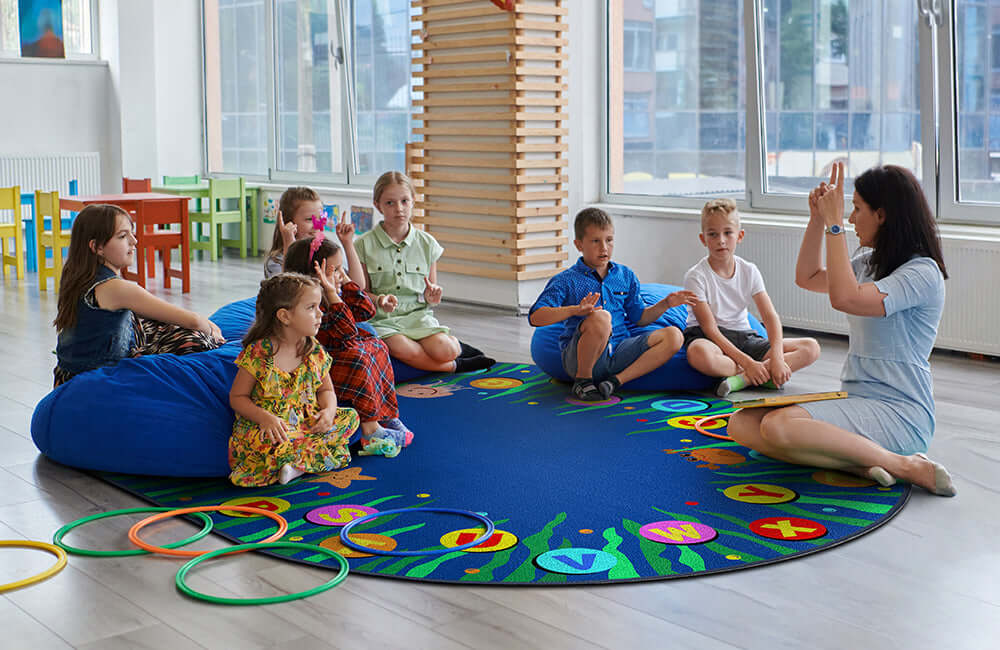Understanding Developmental Literacy Progression
The interactions that young children have with literacy materials and with the adults in their lives are the building blocks for language, reading, and writing development.
This relatively new understanding of early literacy development complements current research supporting the critical role of early experiences in shaping brain development.
Unlike traditional approaches that viewed literacy as beginning with formal instruction, developmental literacy recognizes that language and literacy skills emerge through natural, meaningful interactions with language-rich environments.
The Science Behind Developmental Milestones
Language develops through children's interactions with other people around them, and these interactions shape brain development in profound ways.
Research indicates that most children develop certain skills as they move through the early stages of learning language, though children vary greatly in how they develop and learn.
These variations make it essential to create environments that support development across a wide range of abilities and timelines.
Foundation Skills for Literacy Success
Early literacy theory emphasizes the more natural unfolding of skills through the enjoyment of books, the importance of positive interactions between young children and adults, and the critical role of literacy-rich experiences. Key developmental areas include:
- Oral language development through conversation and storytelling
- Phonological awareness through sound play and rhyming
- Print awareness through environmental text exposure
- Vocabulary expansion through rich language experiences
- Narrative understanding through story comprehension
Age-Specific Developmental Considerations
Infants and Toddlers (0-24 months)
During the earliest stages of development, literacy experiences focus on sensory exploration and basic communication patterns. Classroom rugs for this age group should prioritize:
Sensory Development Support:
- Soft, varied textures that encourage tactile exploration
- High-contrast colors that support developing vision
- Safe materials suitable for mouthing and exploration
- Easy-clean surfaces for frequent sanitization
- Cushioned comfort for tummy time and early sitting
Language Environment Features:
- Simple, clear patterns that don't overstimulate
- Comfortable adult seating areas for one-on-one interactions
- Sound-absorbing properties to support conversation
- Durable construction for crawling and movement
- Size appropriate for intimate interactions
Preschoolers (2-4 years)
As children develop more sophisticated language skills and begin to understand symbolic representation, classroom rugs can support increasingly complex literacy activities:
Emerging Literacy Skills:
- Alphabet recognition through integrated letter displays
- Number concepts with counting opportunities
- Shape identification embedded in design elements
- Color recognition through vibrant, consistent palettes
- Spatial relationships through organized layouts
Social-Emotional Development:
- Personal space definition through individual seating areas
- Turn-taking practice during group activities
- Community building through shared spaces
- Self-regulation support through calming designs
- Early childhood development accommodation across all domains
Pre-Kindergarten (4-5 years)
Children approaching school entry demonstrate more sophisticated literacy understandings and benefit from environments that bridge play and academic learning:
School Readiness Features:
- Letter-sound connections through phonics-friendly designs
- Pre-reading skills support through print-rich elements
- Mathematical concepts integrated into rug designs
- Fine motor preparation through varied textures and activities
- Attention span accommodation through engaging but not overstimulating patterns
Advanced Language Support:
- Vocabulary development through theme-based imagery
- Story comprehension areas for narrative activities
- Dramatic play integration with thematic elements
- Peer interaction facilitation through collaborative spaces
- Assessment preparation through structured learning activities
Milestone-Aligned Rug Features
Supporting Language Development Milestones
Research indicates that language abilities are foundational for a host of cognitive, behavioral, and social-emotional outcomes. Classroom rugs can support specific developmental milestones:
12-18 Months:
- First words encouraged through simple, clear imagery
- Object recognition supported by familiar picture elements
- Cause and effect learning through interactive features
- Social referencing facilitated by shared exploration spaces
- Motor development accommodation for emerging mobility
18-24 Months:
- Two-word combinations modeled through paired imagery
- Vocabulary expansion through rich visual content
- Following directions practice through organized layouts
- Book handling skills development through reading areas
- Symbolic thinking emergence through representational designs
2-3 Years:
- Sentence development supported by narrative elements
- Question asking encouraged through curiosity-inducing designs
- Pretend play facilitation through thematic content
- Peer interaction opportunities through shared spaces
- Self-help skills development through structured environments
Pre-Literacy Skill Development
Most children learn to read by age 7, with learning built on a foundation of language skills that children start learning at birth. Classroom rugs can specifically support pre-literacy milestones:
Print Awareness Development:
- Environmental print exposure through meaningful text
- Book orientation understanding through proper modeling
- Letter recognition through alphabet integration
- Print concepts development through varied text examples
- Reading direction understanding through design flow
Phonological Awareness Building:
- Rhyming opportunities through sound-based activities
- Alliteration practice with repeated letter sounds
- Syllable awareness through rhythm and patterns
- Sound manipulation activities through interactive elements
- Phoneme recognition preparation through sound-symbol connections
Creating Developmentally Responsive Environments
Assessment-Informed Design
Teachers may lack fundamental understanding of what constitutes oral language and emergent literacy, making professional development essential for effective environment creation.
Classroom-level assessments of early language environments should measure widespread opportunities available to support children's language development, including:
Environmental Factors:
- Material accessibility at appropriate developmental levels
- Space organization that supports various activity types
- Adult interaction facilitation through thoughtful design
- Peer engagement opportunities through collaborative areas
- Individual accommodation for diverse developmental needs
Instructional Support:
- Implicit language supports embedded in environment design
- Explicit instruction areas for focused learning
- Differentiated learning opportunities for various ability levels
- Assessment integration through observation-friendly layouts
- Progress monitoring accommodation through flexible arrangements
Cultural and Linguistic Responsiveness
Language and literacy skills can develop in any language, and for the most part, they develop first in the child's home language. Developmentally appropriate classroom rugs should honor this diversity through:
Multicultural Representation:
- Diverse imagery that reflects community demographics
- Cultural themes that validate home experiences
- Multilingual elements when appropriate and beneficial
- Universal symbols that transcend language barriers
- Family engagement facilitation through welcoming designs
Home-School Connections:
- Familiar contexts that bridge home and school experiences
- Community references that validate local culture
- Traditional stories representation through thematic elements
- Language preservation support through inclusive design
- Family participation encouragement through accessible layouts
Professional Development and Implementation
Teacher Knowledge and Skills
Educator language and literacy knowledge has been shown to be correlated with more desirable classroom practices and children's literacy outcomes. Effective implementation of developmental literacy environments requires:
Core Competencies:
- Child development understanding across domains
- Language acquisition processes and variations
- Assessment techniques for monitoring progress
- Intervention strategies for supporting struggling learners
- Family engagement approaches for comprehensive support
Environmental Design Skills:
- Space planning that supports developmental goals
- Material selection based on developmental appropriateness
- Safety considerations for various age groups
- Accessibility features for diverse learning needs
- Maintenance planning for sustainable environments
Research-Based Implementation
For comprehensive research supporting developmental literacy environments and evidence-based practices, educators can explore extensive resources through the Zero to Three organization, which provides cutting-edge research and practical guidance for supporting early language and literacy development.
Technology Integration in Developmental Environments
Age-Appropriate Technology Use
Modern developmental literacy environments must balance traditional hands-on experiences with thoughtful technology integration:
Infant and Toddler Considerations:
- Screen-free emphasis for optimal brain development
- Adult-mediated technology use when appropriate
- Sensory-rich traditional materials as primary tools
- Real-world experiences prioritized over digital alternatives
- Relationship-focused interactions emphasized
Preschool Technology Integration:
- Educational apps that support specific developmental goals
- Interactive whiteboards for group learning experiences
- Digital storytelling tools for narrative development
- Assessment technology for progress monitoring
- Communication platforms for family engagement
Supporting Diverse Learners
Accommodating Developmental Variations
All children develop at different rates, and their oral language, reading and writing don't necessarily develop at the same rate or at the same time. Inclusive developmental environments must accommodate:
Individual Differences:
- Varied learning paces through flexible programming
- Multiple modalities for information processing
- Diverse strengths celebration and utilization
- Challenge levels appropriate for different abilities
- Support systems for struggling learners
Special Considerations:
- Developmental delays accommodation through specialized features
- Sensory processing differences support through thoughtful design
- Communication disorders assistance through alternative methods
- Motor challenges accommodation through accessible features
- Classroom management strategies that support all learners
Assessment and Progress Monitoring
Developmental Milestone Tracking
Ensuring children have access to rich language environments inside and outside of the home may be one promising approach to enhancing equity in language development. Effective environments should support ongoing assessment through:
Observation-Friendly Design:
- Clear sight lines for adult supervision and assessment
- Documentation areas for recording observations
- Portfolio storage accessible but secure
- Assessment tools integration into daily routines
- Progress sharing facilitation with families
Data Collection Support:
- Milestone checklists integration into environment use
- Digital documentation tools for efficient recording
- Family communication systems for comprehensive assessment
- Professional consultation space for specialist visits
- Intervention planning areas for individualized support
Future Directions in Developmental Literacy
Emerging Research Applications
As understanding of brain development and language acquisition continues to evolve, classroom environments must adapt to incorporate new insights:
Neuroscience Applications:
- Brain development research integration into design
- Critical periods consideration in environment planning
- Plasticity principles application in intervention design
- Executive function support through environmental structure
- Social-emotional development integration across all areas
Innovation Opportunities:
- Smart materials that respond to developmental needs
- Adaptive environments that modify based on assessment data
- Personalized learning spaces for individual optimization
- Community connections through technology integration
- Outcome prediction through environmental analysis
Building Sustainable Developmental Programs
Long-term Planning Considerations
Creating effective developmental literacy environments requires sustained commitment and systematic planning:
Infrastructure Development:
- Professional development ongoing programs for staff
- Material investment planned over multiple years
- Assessment systems integration from program inception
- Family engagement structures built into program design
- Community partnerships for comprehensive support
Quality Assurance:
- Research-based practices continuous integration
- Outcome monitoring for program effectiveness
- Continuous improvement cycles for environment optimization
- Staff retention strategies for program consistency
- Resource allocation planning for sustained quality
Conclusion: Nurturing Lifelong Literacy Through Developmental Design
The creation of developmentally appropriate literacy environments through thoughtful classroom rug selection represents a fundamental investment in children's lifelong learning success.
By understanding and respecting the natural progression of language and literacy development, educators can create spaces that truly support each child's unique journey toward becoming a confident, capable reader and writer.
Research consistently demonstrates that high-quality early language experiences have profound and lasting impacts on children's academic, social, and emotional development.
When classroom rugs are selected and implemented with developmental principles in mind, they become powerful tools for supporting this critical foundation while honoring the diverse ways children grow and learn.
The journey of developmental literacy is both universal and deeply individual, requiring environments that can adapt to meet children where they are while gently supporting their continued growth.
Through careful attention to developmental milestones, cultural responsiveness, and individual differences, classroom rugs become integral elements in creating the rich, supportive environments where all children can thrive.
As our understanding of early development continues to evolve, the commitment to creating developmentally appropriate learning environments becomes increasingly important.
Quality classroom rugs, selected and implemented with developmental wisdom, provide the stable foundation upon which children can build the literacy skills that will serve them throughout their lives, ensuring that every child has the opportunity to reach their full potential as learners and communicators.




Leave a comment
This site is protected by hCaptcha and the hCaptcha Privacy Policy and Terms of Service apply.